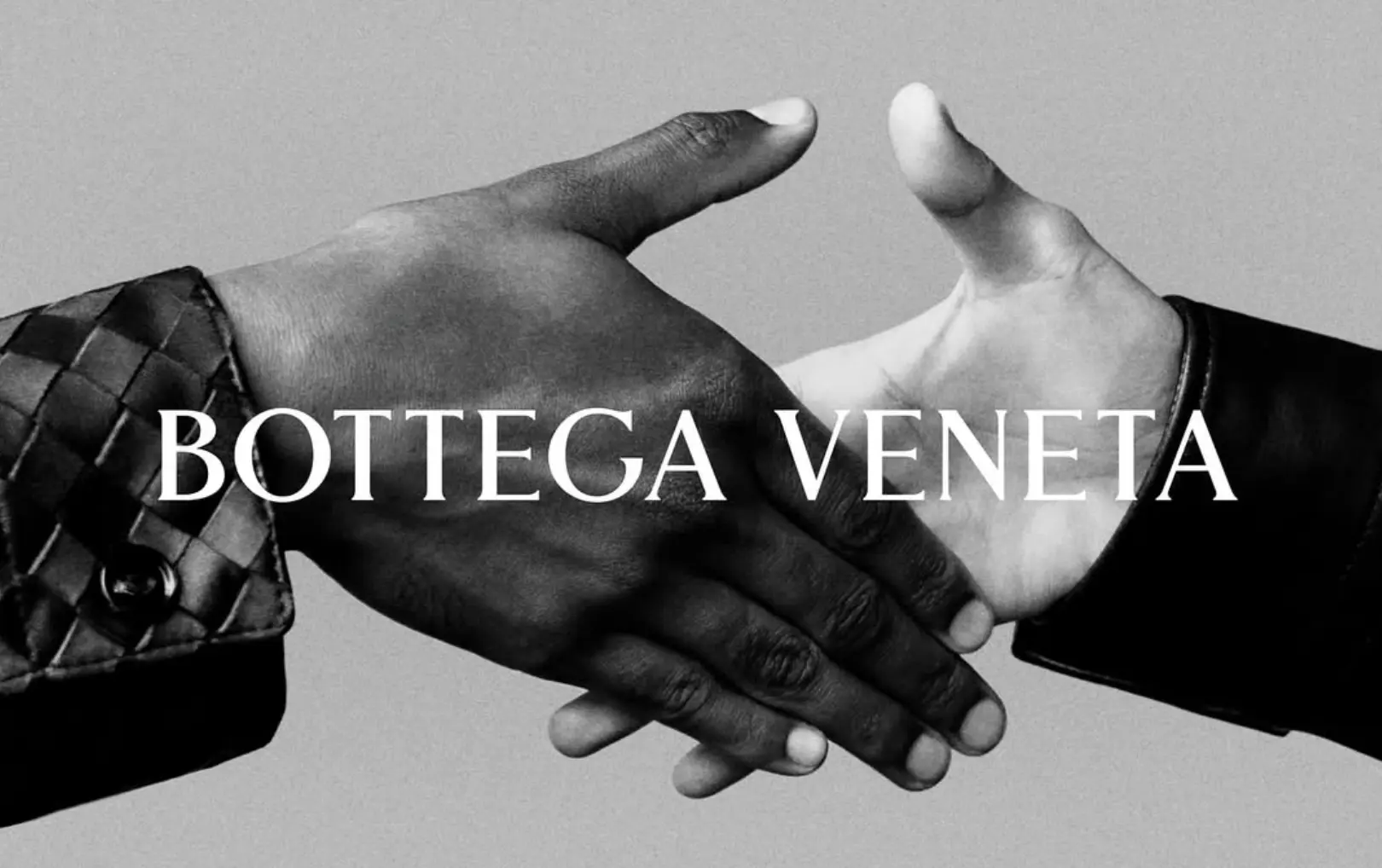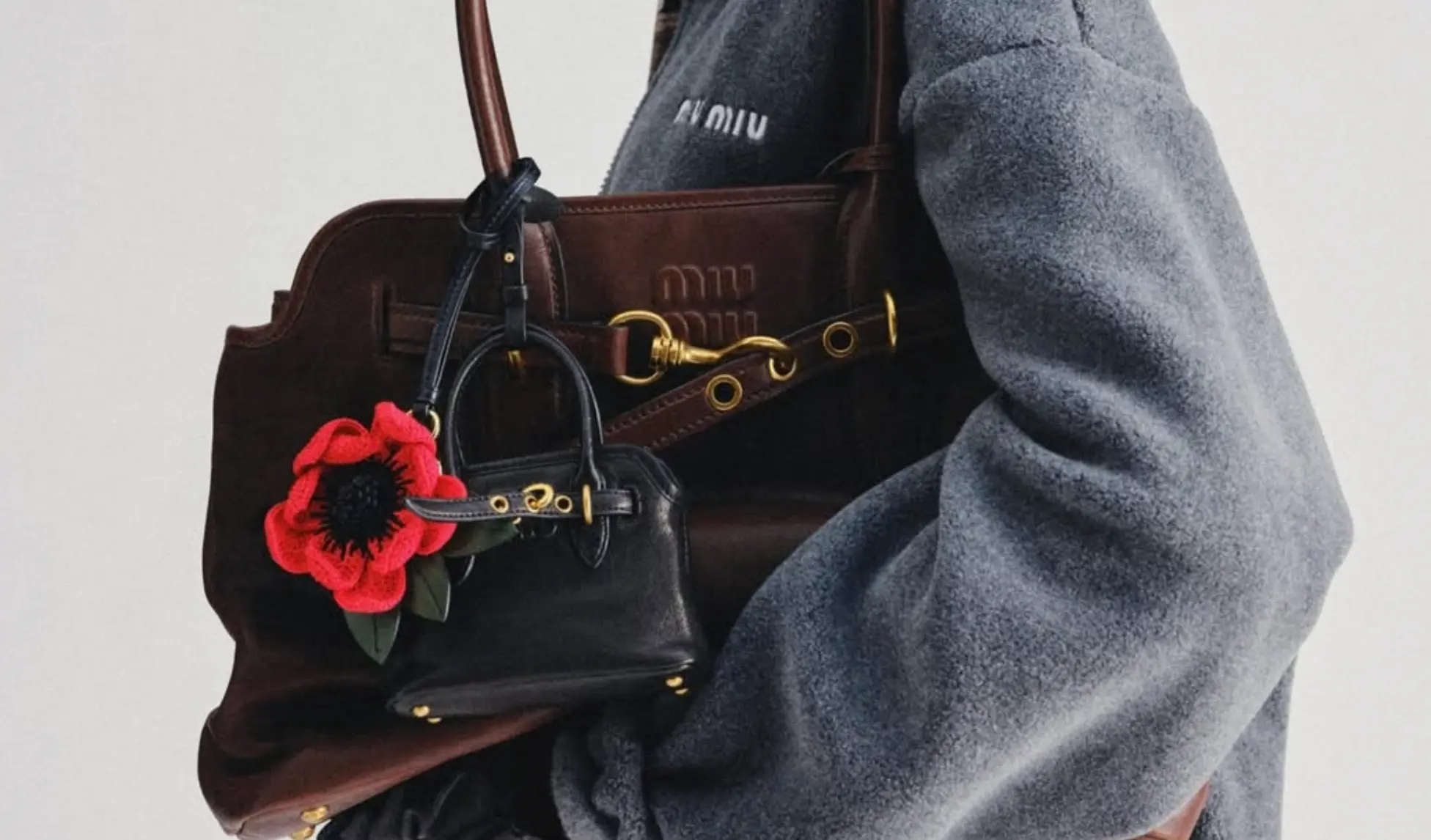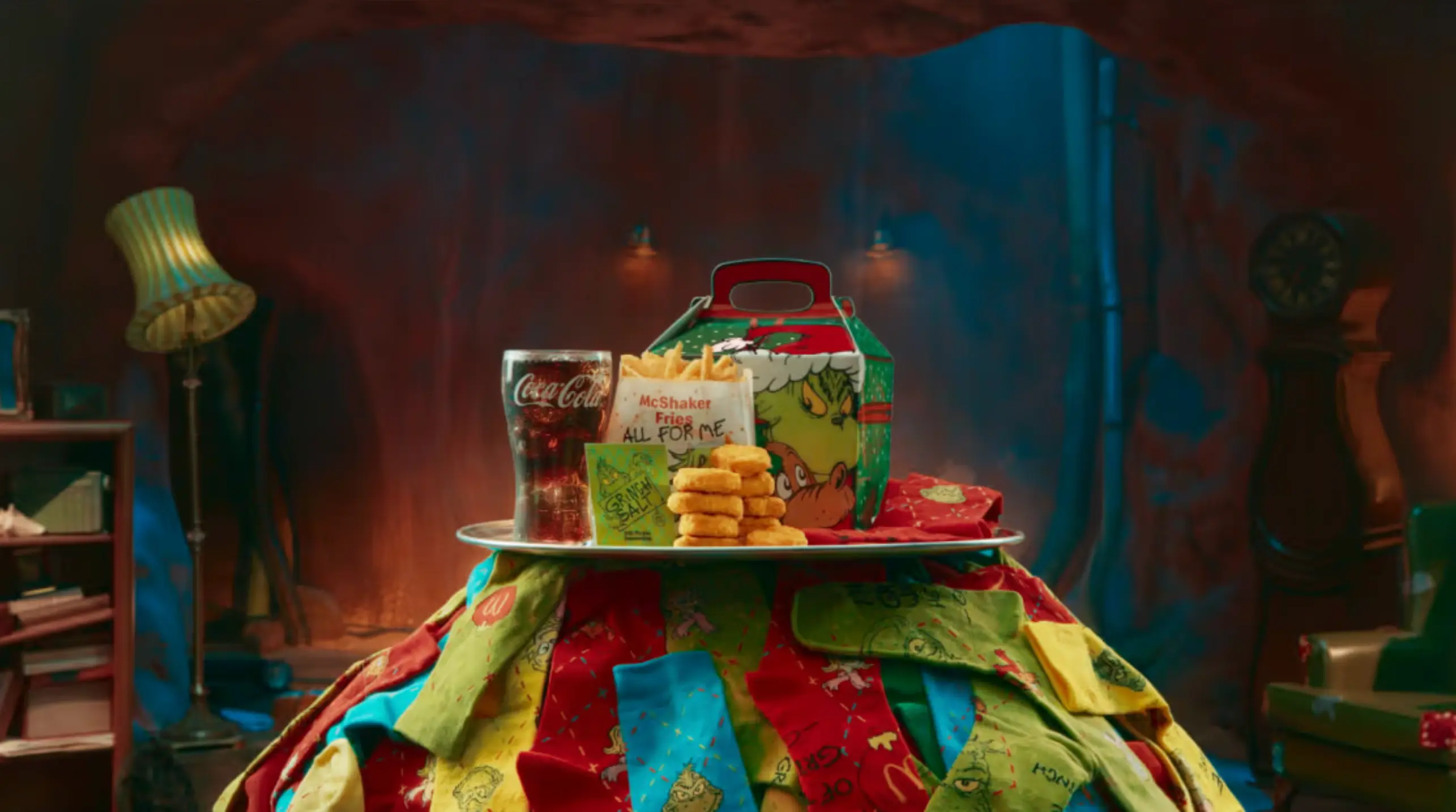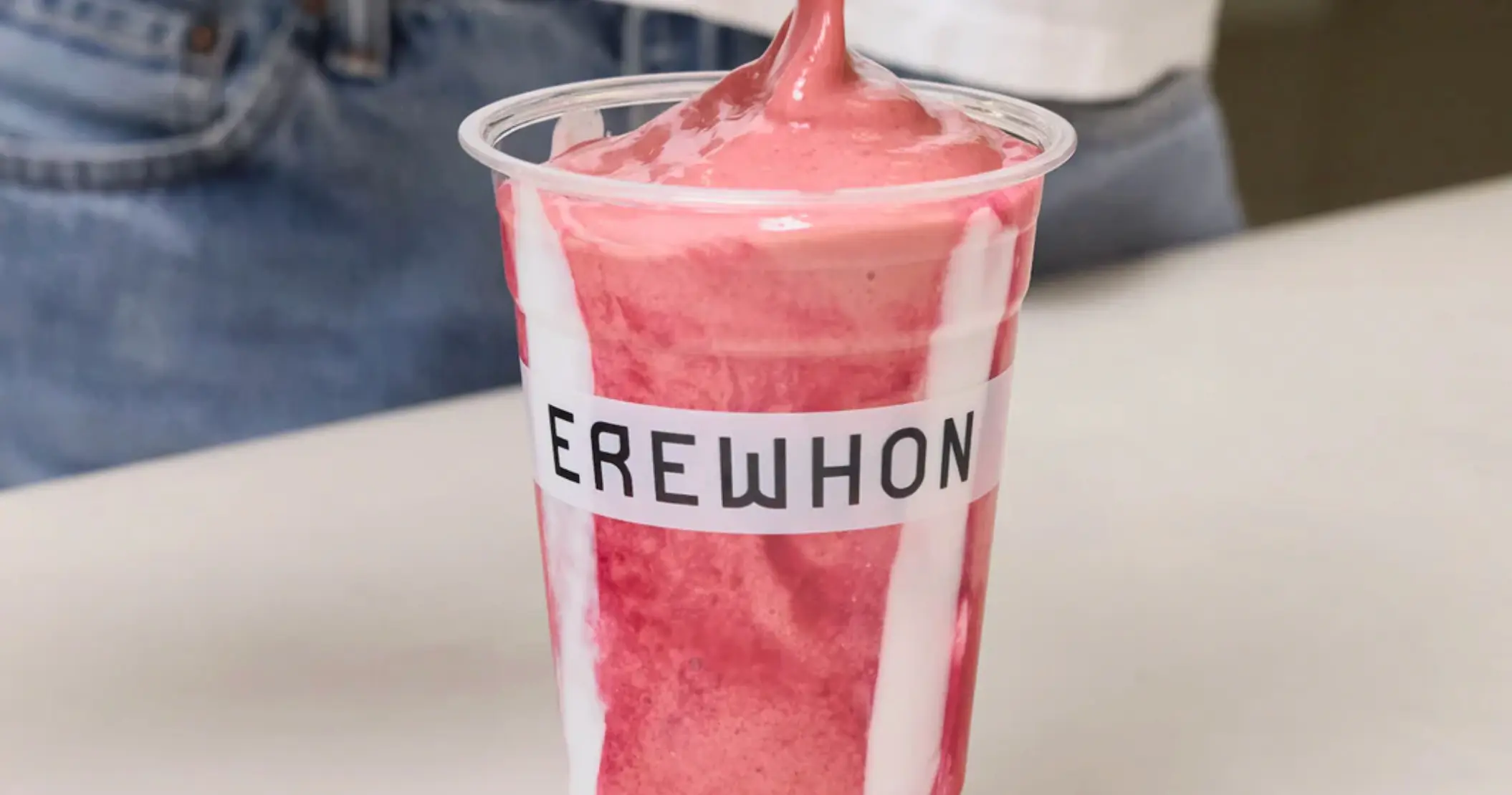How To Temporarily Rebrand For The Holidays In 2025
Updated on
Published on

When the holiday season starts, people watch brands more closely. They notice who looks festive, who feels out of touch, and who just slapped a snowflake on their logo and called it a day. Done well, a seasonal refresh makes your brand feel timely without losing what people already trust about you. The smartest rebrands for the 2025 holidays are focused and intentional: they protect your core identity and add just enough seasonal detail to feel special. Think of this as a seasonal rebrand guide for dressing your brand up for a few weeks, then slipping back into your everyday look without any confusion.
At a Glance
- Seasonal branding means changing a few visible elements for a short period while keeping your core logo, name, and promise consistent. ( VerticalResponse )
- Starbucks uses holiday cups and merchandise to add seasonal colour and pattern without touching its core mark, a model for how to rebrand for the holidays in a low risk way. ( Starbucks Stories, Starbucks Stories )
- Coca Cola’s Christmas trucks show how a consistent seasonal asset can become a returning event that people look forward to each year. ( System1 Group, Marketing Week )
- Planning a brand calendar in advance helps you avoid rushed, off brand holiday changes and keeps seasonal themes aligned with your base identity. ( 10Web )
- For rebrands for the 2025 holidays, the goal is to feel festive and relevant, not unrecognisable or forced.
Step 1: Be Clear Why You Are Rebranding For The Holidays
Before you open a design file, decide what this holiday rebrand is supposed to achieve. Are you trying to drive gift sales, increase visits, launch a seasonal product line, or simply show up with a warmer tone? Seasonal brand planning research is clear: when you know the outcome, your design choices tighten up and your campaigns are easier to measure. A seasonal rebrand guide is only useful if it supports actual goals, not just because everyone else is doing something.
- Write one line that answers: “We are updating our brand for the holidays so that…”
- Pick one or two main metrics, like gift bundle sales or email response, and design around them.
- Avoid seasonal ideas that look fun but do nothing for the outcome you wrote down.

Step 2: Decide What Cannot Change
The safest way to approach rebrands for the 2025 holidays is to lock a few elements and never touch them. Starbucks holiday cups are a good example: the siren logo and overall brand remain fixed while cups, colours, and patterns change every year. ( Starbucks Stories, Good Housekeeping ) Coca Cola’s trucks keep the same red, typography, and core assets, even when they experiment with AI or new storylines.
- Protect the basics: your main logo, name, and dominant brand colour should remain untouched or only lightly accented.
- Mark other pieces, like backgrounds, patterns, and illustrations, as “seasonal,” so they can flex more freely.
- Check seasonal treatments at small sizes to avoid creating a logo no one can read on mobile.
-1.webp)
Step 3: Pick A Simple Holiday Role, Not Just Holiday Icons
Holiday symbols alone do not explain your role in someone’s life. A “brand that makes cold days easier” or “brand that simplifies gifting” is clearer than a random snowflake. Coca Cola’s long running Christmas work focuses on togetherness and shared moments, with trucks and Santa acting as recognisable carriers of that feeling. ( System1 Group, Because of Marketing ) When you define a role in the season, you can judge every design and message against it instead of collecting generic festive assets.
- Finish the sentence: “During the holidays, our brand helps people by…”
- sanity check that role against your actual product or service so it feels believable.
- Use this role as your internal filter before approving seasonal visuals or copy.

Step 4: Build A Seasonal Visual Layer (Not A New Identity)
Once your role is clear, decide how it shows up visually. Starbucks’ 2025 cups bring in apron inspired ribbons and plaids while keeping the logo and core colours front and centre. ( Starbucks Stories ) Google’s holiday doodles work similarly, dressing up the logo with lights, snow, or characters while the underlying mark stays the same. ( Google Doodles ) A good seasonal rebrand guide defines a small set of holiday colours, a couple of patterns, and one or two recurring icons you can reuse everywhere.
- Choose two or three supporting seasonal colours that complement your existing palette.
- Create a handful of simple patterns or icons you can use across packaging, web, and social.
- Keep layouts clean; festive elements should frame content, not bury it.
Step 5: Refresh Your Logo Lightly (If At All)
You do not have to touch your logo to show you understand the season. If you do, keep it light. Seasonal logo advice from branding guides is consistent: small additions, like a bow, snow line, or subtle glow, work better than a complete redraw. ( VerticalResponse, Placeit ) For most rebrands for the 2025 holidays, it is enough to place your logo inside a seasonal container or use it in a pattern rather than altering the mark itself.
- If you create a holiday logo version, keep it for digital and campaign use, not legal or corporate documents.
- Limit yourself to one variation to avoid confusing your own team and customers.
- Document where and when this seasonal mark should appear and when it comes down.
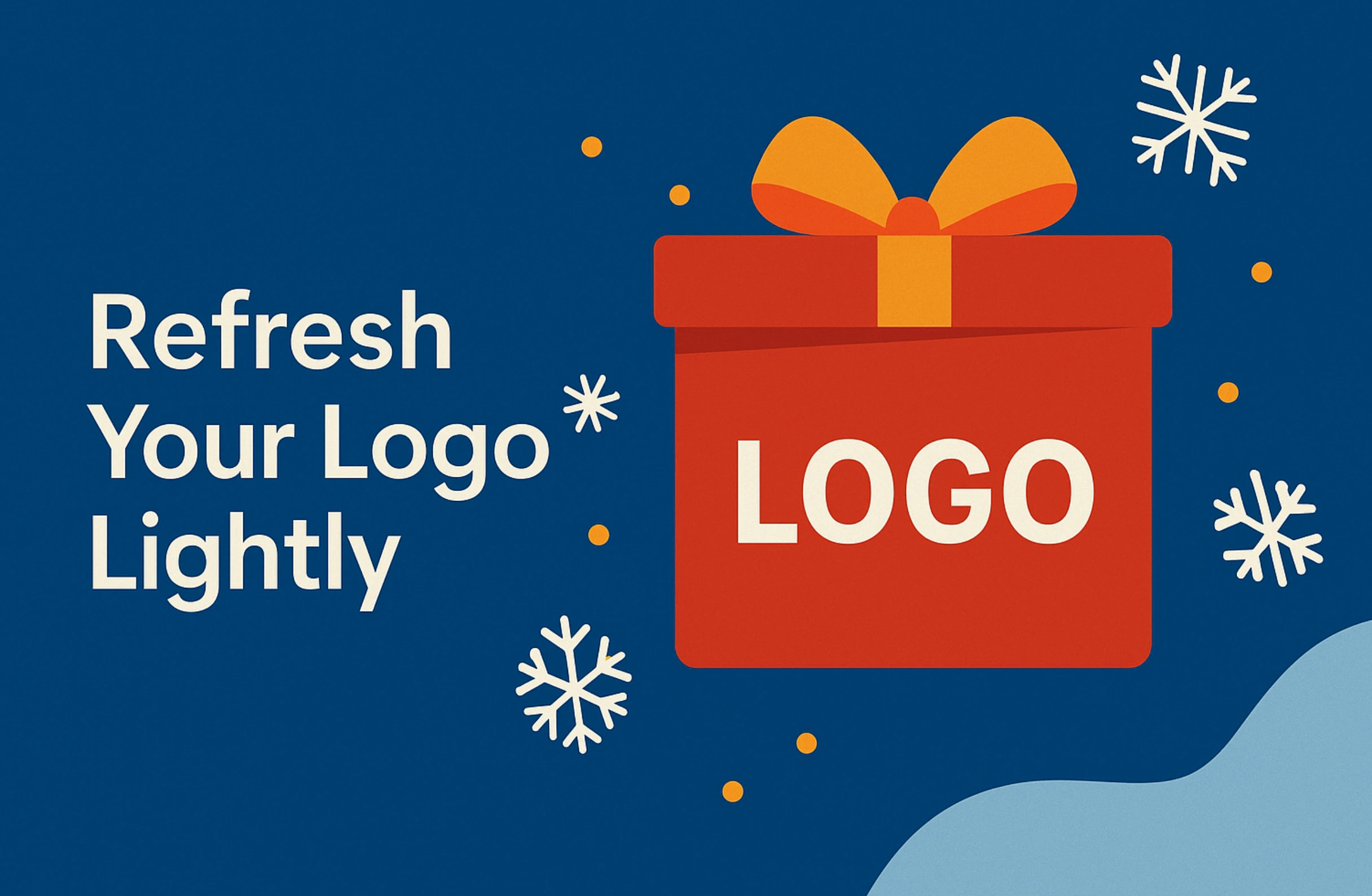
Step 6: Apply The Seasonal Layer To Your Main Digital Touchpoints
Your seasonal rebrand will mostly be experienced online. A few well chosen changes across your website, app, and key emails can carry the feeling more effectively than trying to redesign everything. Seasonal branding guides suggest starting with high traffic surfaces and applying consistent but subtle updates. ( VerticalResponse, 10Web )
- Update the homepage hero, navigation bar accents, and key landing pages with your seasonal patterns and colours.
- Use a holiday header, footer, or frame in your email templates while keeping content blocks familiar. ( VerticalResponse )
- Add light seasonal touches to social avatars and cover images, but keep your handle and name unchanged.
Step 7: Connect Holiday Branding To Product, Packaging, And Merch
The rebrand feels real when people can hold it. Starbucks shows this perfectly with its holiday cups and drinkware collection, where patterns and colours carry the seasonal story into people’s hands and photos. ( Starbucks Stories, Good Housekeeping ) Coca Cola’s trucks and on the ground activations do something similar in physical space. ( Because of Marketing )
- Prioritise packaging and products that are naturally giftable or highly visible, like outer boxes, bags, or cups.
- Consider limited sleeves, stickers, or wraps you can remove after the season instead of permanent packaging changes.
- If your brand already has fans who collect your stuff, a small run of holiday merch can make sense for 2025.

Step 8: Plan The Start, Peak, And End Dates
A seasonal rebrand is only seasonal if it ends on time. Brand calendar advice from 10Web emphasises working backwards from key dates, mapping when design needs to be final, when assets go live, and when they revert. ( 10Web ) Rebrands for the 2025 holidays should feel intentional: a clear launch moment, a strong core period, and a clean return to your standard identity.
- Set go live and end dates for each channel, and add them to your campaign calendar.
- Stagger changes slightly if needed (for example, packaging earlier, digital right before peak).
- Assign ownership for switching seasonal assets off so the winter look does not drift into spring.
.webp)
Step 9: Measure And Document What Worked
A good seasonal rebrand guide improves each year. That only happens if you measure. Compare performance on seasonal pages, emails, and products to your previous holiday season or to non seasonal control assets. Holiday marketing resources recommend tracking both numbers and qualitative feedback to separate nice to have details from elements that actually moved behaviour. ( VerticalResponse, DesignForce )
- Save examples of every seasonal touchpoint (screenshots, photos, files) in one place.
- Ask sales or support teams which assets people mentioned or asked about.
- Note which changes you want to repeat in 2026 and which should be retired.

FAQ
What does a temporary holiday rebrand actually involve?
It involves adding a seasonal visual and messaging layer to your existing brand for a set period, without changing your core logo, name, or positioning.
How far can I go when I rebrand for the holidays without confusing customers?
You can push colours, patterns, and photography as long as your core logo and basic structure stay recognisable at a glance.
When should I start planning rebrands for the 2025 holidays?
Most teams should start in late spring or early summer so there is time for design, production, and a calm rollout.
Which channels should my seasonal rebrand guide focus on first?
Begin with packaging, homepage, key landing pages, email templates, and social profiles, since those carry the most traffic and attention.
How do I know if my holiday rebrand worked?
Look for clear improvements in engagement, sales, or sentiment on seasonal assets compared with last year or with non-seasonal versions.
Use The Holidays To Sharpen Your Brand, Not Hide It
A temporary rebrand for the holidays should feel like your brand in a different mood, not a different company in your place. If you are clear on why you are changing, protective of your core brand identity, and thoughtful about where seasonal elements appear, rebrands for the 2025 holidays can deepen recognition instead of diluting it. Use this seasonal rebrand guide as a checklist, adjust it to your reality, and treat each holiday season as a chance to refine, not reinvent, how you show up.

